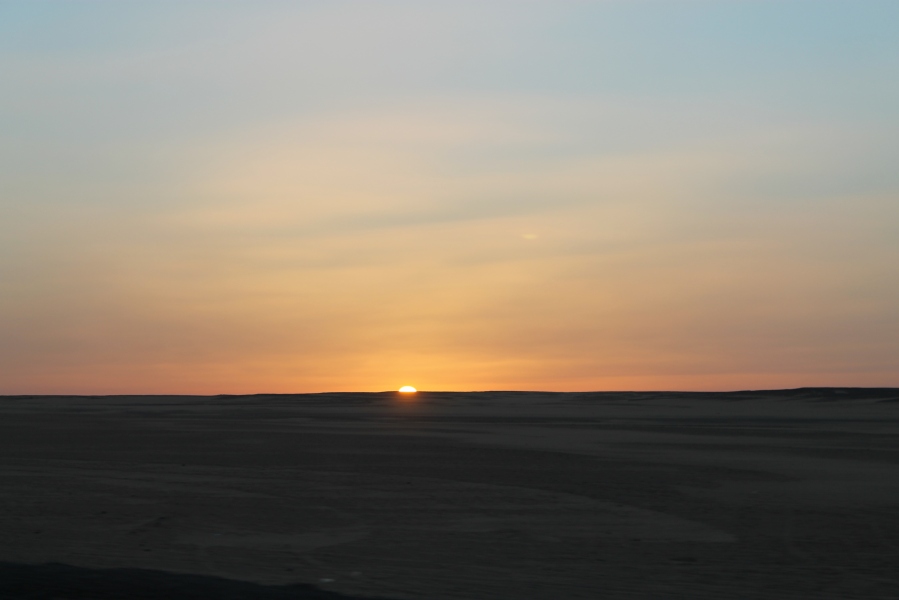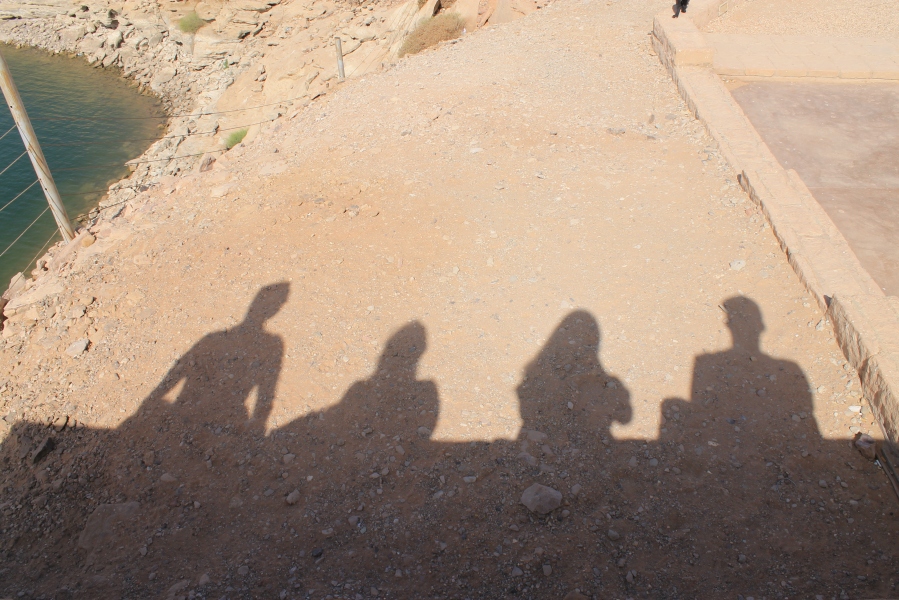We arrived at the Karnak Temple complex after a quick visit to the Colossi of Memnon, and bang in the middle of a sandstorm. It was one of those things you see in movies or travel documentaries that looks kinda cool, but is actually just crap in real life. The sandstorm, not the temple.
A staggeringly enormous open air museum of sorts, it’s the second largest temple complex of it’s type in the world (Angkor Wat takes the title). While it’s hard to pick favourite parts, some of the more impressive sections, in my eyes, included the great Hypostyle hall of columns, the rows of ram-headed sphinxes lining the entrance to the complex, and the few obelisks scattered around.
It was an amazing complex, quite different from a lot of other sites we visited. It stood out for another reason, too. A confronting incident with another visitor.
Our tour group was made up of myself, my husband, another young woman and two other guys, all of us being around the same age. Us two girls hadn’t had too much trouble during the trip, which we were very thankful for, but what happened here certainly tested our nerves. While we were looking around the lake, we became quite conscious of the fact that we were being circled by a few young Egyptian men, somewhere between 18 and 25 years old. Anyway, I guess the cockiest one, with the oiled, slicked back hair, tight fitting singlet and gold neck chains got a little bored of staring from a distance – I hadn’t really registered that he’d disappeared from my sight until I turned around to look back at the lake to find him only a few inches in front of me and my fellow female travel companion, camera pointed in our faces, clicking away like a possessed paparazzo.
Thankfully, our amazing local guide, Medo, stepped in pretty quickly to get rid of him. Once he was gone and we’d gotten over our initial shock, we asked what the hell it was all about. Medo explained that the big temple complexes attracted a lot of young guys coming from the “country side” (remoter areas) where they don’t get Western tourists. They come to the big tourist spots with their cameras to capture the foreign women they see, so that they can take the pictures back home to their friends and brag and exaggerate about what they’d seen and their holiday conquests. Because I wasn’t already feeling like enough of a zoo animal, being porcelain doll-white, auburn-haired and freckled.
While it freaked me out, it was also a really interesting experience; I think I’d kind of expected to encounter this sort of thing the whole time we were in Egypt. But this was the second last day of our trip, and it was the first confrontation of that type we had. Us Melbournians aren’t really all that surprised or intrigued by different cultures to the extent those young man were. Melbourne is a stomping ground for any and every culture under the sun – Fijians, Chinese, Americans, Italians, Vietnamese, Indians, Brits, Greeks, Jews, Muslims, Catholic nuns, Buddhist monks: they all coexist without any of the outlandish curiosity we were shown in Egypt. Hell, I’ve seen a mature-aged gentleman of what seemed to be eastern European descent standing in the middle of the CBD dressed in a skirt and heels, holding rosary beads, and no one blinked an eye at him as they walked past. It really made me wonder about my own upbringing and how much I’ve completely taken for granted exposure to other cultures from such an early age. Even as a kid, with friends who looked so clearly physically different to me, I don’t think I ever really wondered (or cared) why, yet here were these young adults making special trips from their quiet, secluded home towns to see what foreigners looked like and take home proof that they’d seen these fantastical creatures.
























